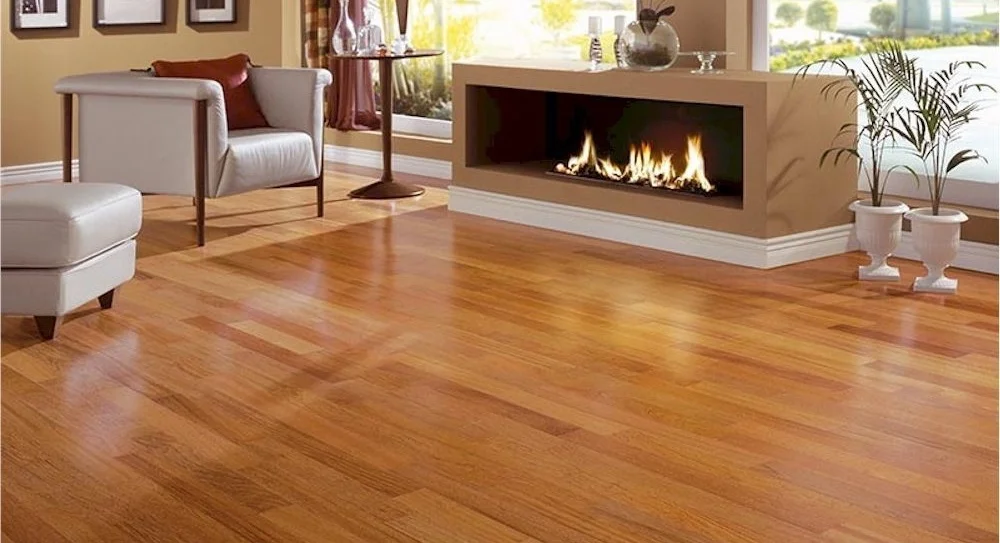Introduction
Choosing the right hardwood flooring involves considering traffic levels, climate control, subfloor compatibility, and long-term durability. Additionally, many homeowners appreciate the timeless charm of wide plank and hand-scraped hardwood flooring. This guide explores essential factors for selecting and maintaining hardwood floors.
Traffic Considerations
High-gloss floors show scratches more easily, making satin or low-gloss finishes a better choice for high-traffic areas, especially those with children and pets. If durability is a concern, choosing a harder wood species can extend the lifespan of your floors.
Climate and Moisture Impact
Fluctuating temperatures and humidity can cause solid wood floors to expand and contract. Engineered wood is a better choice for high-humidity or rarely occupied spaces. For areas with frequent moisture exposure, alternative flooring materials may be preferable.
Subfloor Compatibility
Differences in floor thickness can create height mismatches at transitions. Before installation, check door clearances, appliance fit, and baseboard alignment to avoid future complications. A solid subfloor is crucial for preventing movement and ensuring long-term performance.
Timeless Hardwood Styles: Wide Plank & Hand-Scraped Floors
Wide plank and hand-scraped hardwood floors offer a classic, antique appearance that has been cherished for generations. These flooring styles bring an authentic, rustic charm to any home while providing the durability of modern hardwood.
Wide Plank Hardwood Flooring
Hardwood floors made from wide planks date back to when lumber was milled from old-growth hardwoods. Today, reclaimed wood is often used to achieve this look, adding a unique character with knots and grain variations that showcase the wood’s history.
Hand-Scraped Hardwood Flooring
Hand-scraped floors have a distinct texture that highlights the craftsmanship of traditional woodworkers. While modern technology can replicate this aesthetic, genuine hand-scraped flooring offers a unique, one-of-a-kind finish that ages beautifully over time.
How Much Flooring to Buy
When purchasing hardwood flooring, factor in extra material for cutting waste based on wood grade: 3-4% extra for clear, 5-7% for select, and 10-12% for common grades. Also, consider additional materials like molding and thresholds.
Installation Considerations
Assess whether the subfloor is wood or concrete, and determine if the installation is below, on, or above grade. Radiant-heat flooring and other factors should be reviewed before finalizing your flooring choice.
Final Thoughts
By having these considerations present, you can make informed decisions that enhance both durability and aesthetic appeal. Whether opting for modern engineered flooring or classic wide plank and hand-scraped styles, hardwood flooring remains a top choice for homeowners.
